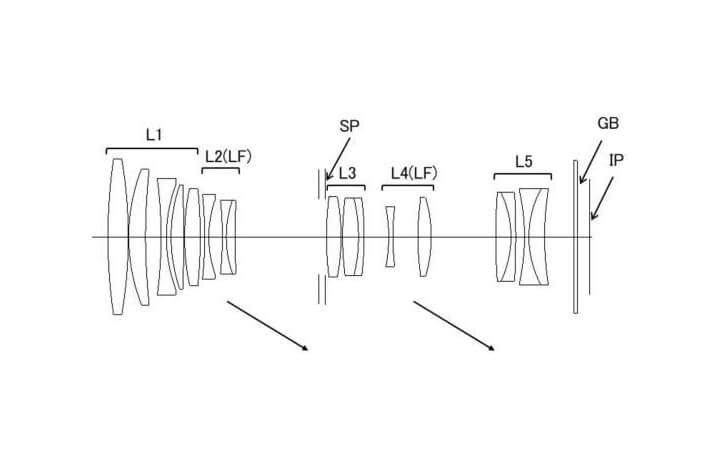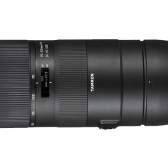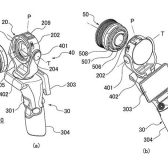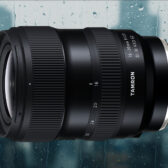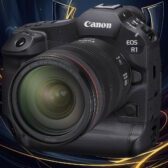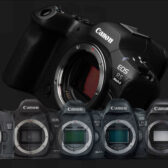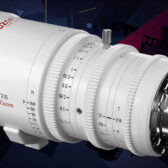It looks like one of the most requested new lenses for the RF mount is getting closer with the latest patent designs from Canon.
Canon News has uncovered a patent showing off two different, yet very similar optical formulas fora Canon RF 100mm f/2.8L IS USM Macro. A lens I expect will be announced in 2021.
Canon Japan Patent Application 2020-204744
[wpdatatable id=12 table_view=regular]
|
When you purchase through links on our site, we may earn an affiliate commission. Here's how it works. |


